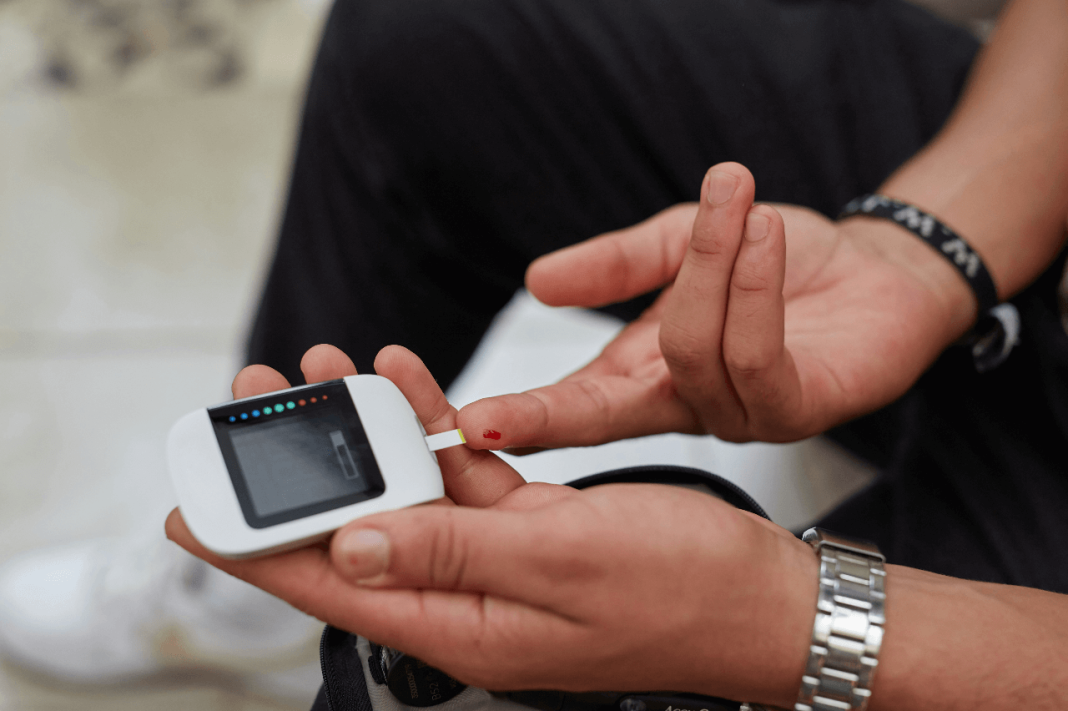The financial landscape of Asia is changing in a very revolutionary way. No matter the differences between the chaotic Mumbai streets and the technologically advanced cities of China or the resort islands of the Philippines, one thing binds millions of people—digital payments. Platforms such as UPI, WeChat Pay, and GCash are not only making payments easier but also opening new ways for people to save and transfer money abroad. What was considered to be a mere convenience has now turned into a habit of life and continues to appear in Top Stories shaping Asia’s financial future.
The Rise of Cashless Asia
Asia has turned massively against cash and in favour of digital payments over the last ten years. And this shift is mainly attributed to India’s Unified Payments Interface (UPI), which allows for transfers through mobile apps to be done in real-time. At the same time, the duo of WeChat Pay and Alipay has pushed China to become a QR code-centric economy, where people without cash can easily complete transactions. On the other hand, the Philippines’ GCash is more of a social platform that is helping bring the unbanked population into the financial sector. So, what once seemed to be a mere app-usage trend has now become a lifestyle among large parts of the population, where paying with a tap is not only quicker but safer than dealing with paper money.
Why the Boom Is Happening
There are many good reasons for the enormous increase in digital transactions:
Smartphone Revolution: Affordable data and wide internet access mean even rural consumers can make online payments.
Government Push: India, Singapore, and others are making their digital economies attractive by investing in modern infrastructure and providing users with incentives.
Consumer Trust: Some of the security improvements and the speed of refunds have led to more users of payment apps, and thus, consumer trust has risen considerably.
Together, these make mobile wallets not only fashionable but also necessary.
Beyond Payments: A New Lifestyle
The payment apps of today have opened an array of different services besides just simple transactions. GCash permits an individual to invest, insure oneself, or pay for the services that are provided at a moment’s notice. With UPI, there are various uses such as lending and digital credit. WeChat Pay combines payment methods with shopping, social networking, and even travel bookings, to name a few. So, what is left for our lifestyle is just a smooth transition from one app to another, which gives us access to everything from simple grocery shopping to remittances from abroad.
The Road Ahead
While a lot of attention is given to the performance of countries like India and China, we cannot disregard the fact that Southeast Asia is rapidly gaining traction as well. Analysts are suggesting that e-commerce will take over by 2027, meaning that 2/3 of all Asia in-store purchases will be done through digital means. It shows that although hard cash is not completely eradicated, its reign is gradually going away with every swipe and click.
Conclusion
The digital-payment boom spreading all over Asia is not merely a tech trend but rather a societal shift that is redefining the concept of money. Asia’s cashless future is nothing but obvious, whether it be because of UPI’s breakthrough, GCash’s inclusiveness, or WeChat Pay’s integration.



